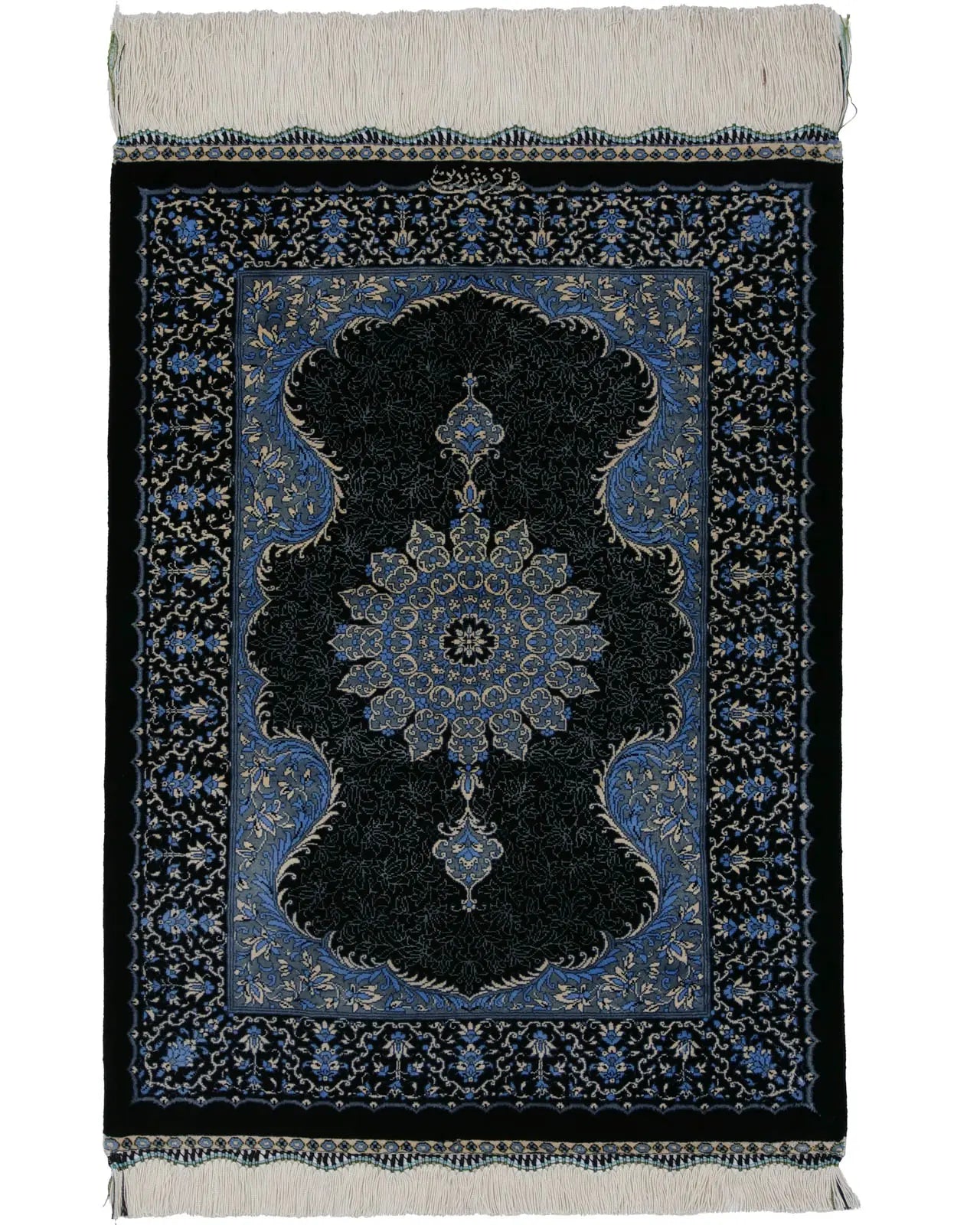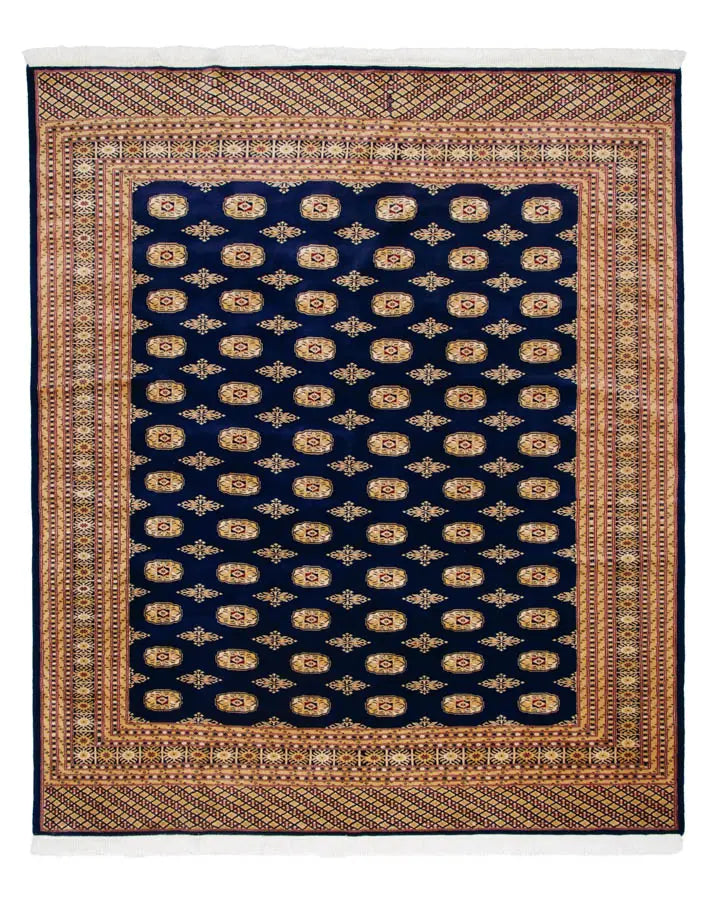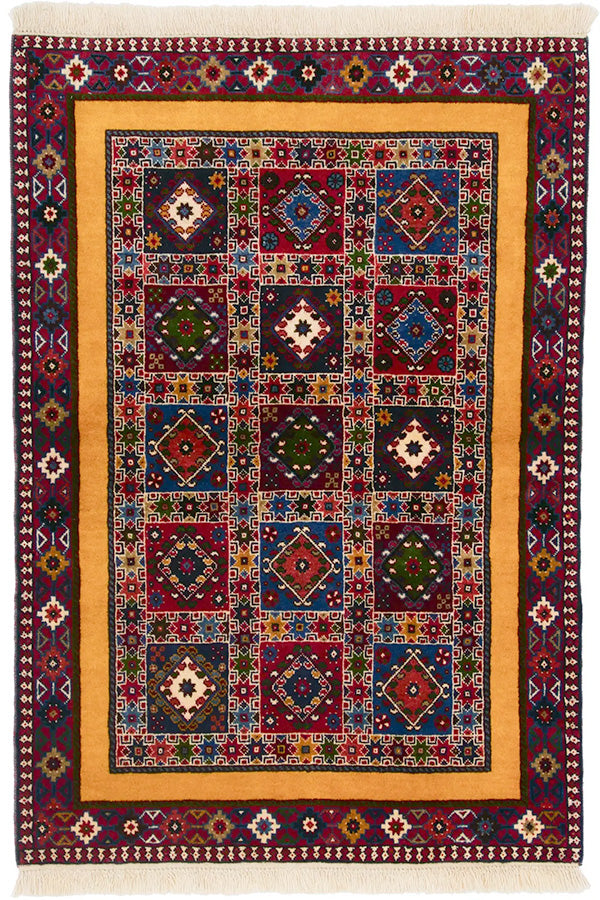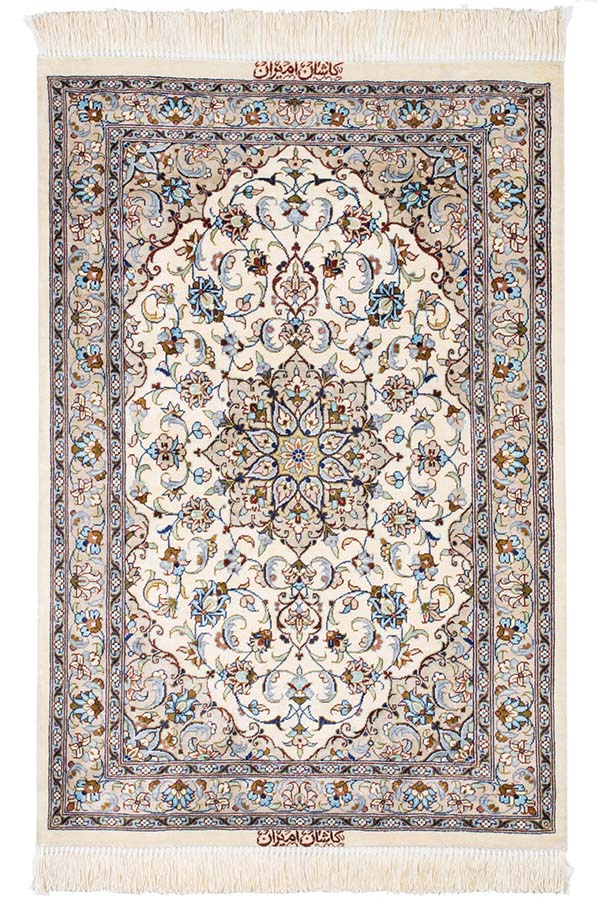Villar
Type: Persian carpet
Location: Northern Iran
Knot Density: 250,000 - 500,000 knots per square meter
Features: Durable, very dense pile
Pile: Wool
Bijar rugs are handwoven in the small town of Bijar, located in the Kurdish region of Kurdistan Province in northwestern Iran. Known for their incredible strength and resistance to dirt, Bijar rugs are tightly knotted with a dense, springy pile that stands upright. They are crafted using the traditional Turkish (Ghiordes) knot, which helps prevent dirt from penetrating the pile and significantly extends the rug’s lifespan.
What makes Bijar rugs truly unique is their structure. While most finely woven rugs tend to be thinner, Bijar rugs defy this norm—they feature both fine weaving and exceptionally thick pile. Woven on vertical looms, they are made using high-quality, resilient, and lustrous local wool, with each knot tied by hand. Each row of knots is followed by up to five weft threads, which are firmly beaten into place, adding to the rug’s legendary density and durability.
Bijar Persian rugs come in a variety of sizes and can reach knot densities of up to 600,000 knots per square meter—a testament to the tremendous skill and labor involved in their production. The designs tend to be understated yet highly versatile, fitting seamlessly into both traditional and modern interiors.
Bijar has a long-standing tradition of carpet weaving and is especially known for the Herati pattern—a motif often described as four-leaf floral elements arranged in a diamond layout. In Persian, this is sometimes called the “Mahi” or “fish” pattern. The Herati design lends itself to endless variation and suits a wide range of décor styles, from classic to contemporary.




